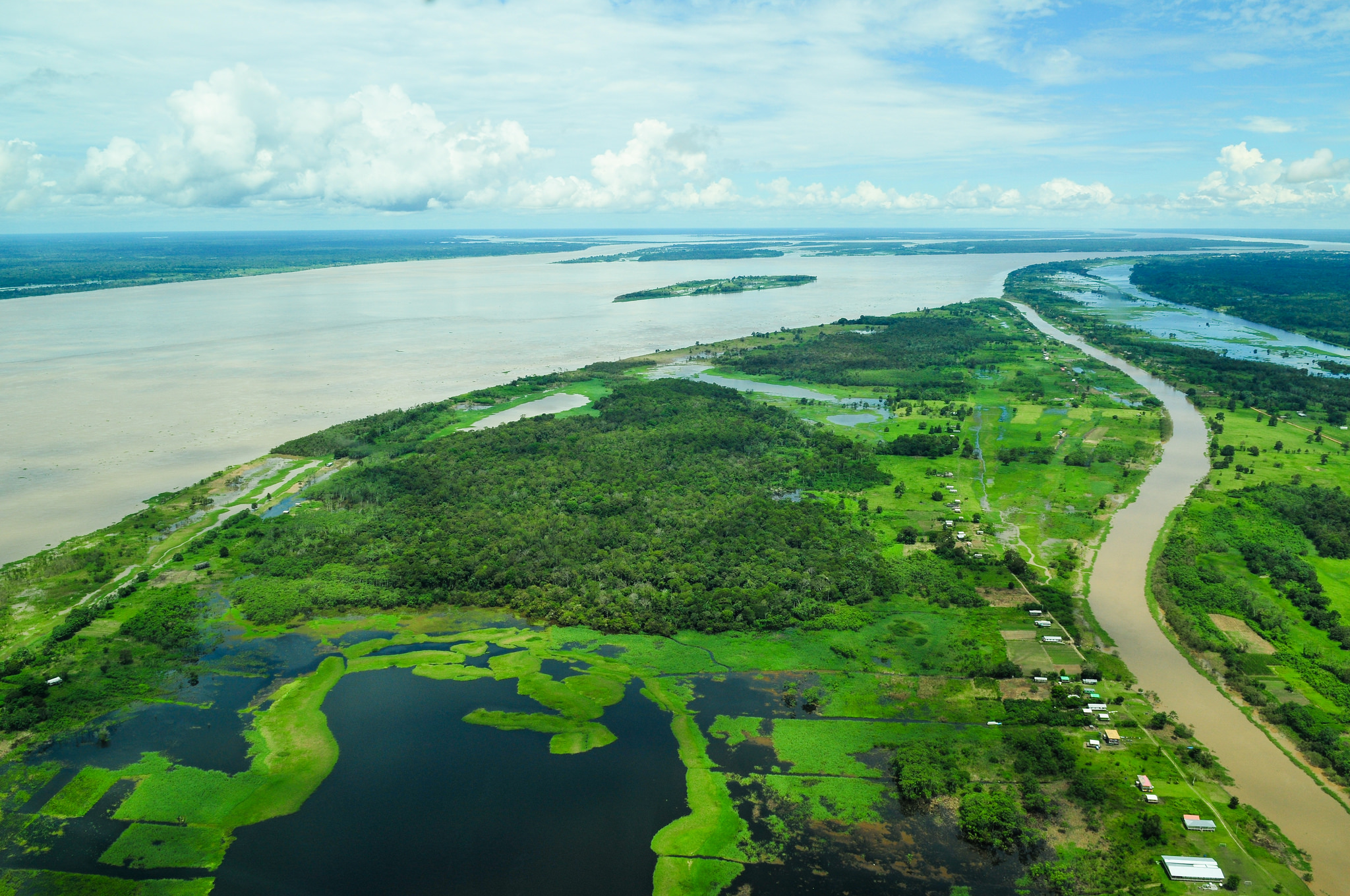
Large scale ecosystems the size of the Amazon forests could collapse within 50 years and the Caribbean coral reefs in just 15 years, according to new research published in Nature Communications journal this week.
Scientists from Britain’s University of Southampton, School of Oriental and African Studies, University of London and Bangor University studied data on the changes observed in 40 natural environments on land and in water.
They determined the speed at which extant ecosystems will disappear once they have reached a tipping point beyond which they collapse.
By studying ecosystem shifts, the scientists learned that although larger ecosystems took longer to collapse due to their size, the rate at which the transformation occurred was significantly faster than the pace of change for smaller systems.
Their data indicate the Amazon rainforest could transform into a savannah-type ecosystem with a mix of trees and grass.
“The messages here are stark. We need to prepare for changes in our planet’s ecosystems that are faster than we previously envisaged,” said John Dearing, professor in physical geography at the University of Southampton, who led the research. “These findings are yet another call for halting the current damage being imposed on our natural environments that pushes ecosystems to their limits.”
The scientists created models based upon the characteristics of one shift to another to estimate the spatial and temporal extent of the shifts.
Larger ecosystems are made up of more interacting species and habitats than smaller ecosystems.
Initially, this type of dynamic set up provides resilience against stressors, but once a certain threshold has been crossed, the same variances cause the rate at which the ecosystem unravels to accelerate, the paper states.
This leads the scientists to believe that although some ecosystems have existed for thousands of years, they could collapse in less than 50.
Clear lakes can be transformed into green waters, coral reefs can become bleached and sparsely populated as algae disappears and rain forests can shift to savanna grassland as deforestation causes a change in humidity, the research demonstrates.
“Unfortunately, what our paper reveals is that humanity needs to prepare for changes far sooner than expected,” said joint lead author Simon Willcock of Bangor University’s School of Natural Sciences.
“These rapid changes to the world’s largest and most iconic ecosystems would impact the benefits which they provide us with, including everything from food and materials, to the oxygen and water we need for life,” he said.
Elephants, considered a keystone species because they have a disproportionately large impact on the landscape. They knock trees over, but they also disperse seeds over great distances. The loss of such species, could lead to a rapid and dramatic change in the landscape within our lifetime, the scientists state.
“This is yet another strong argument to avoid degrading our planet’s ecosystem; we need to do more to conserve biodiversity,” said Gregory Coope, a researcher with SOAS.
We want you to share Forests News content, which is licensed under Creative Commons Attribution-NonCommercial-ShareAlike 4.0 International (CC BY-NC-SA 4.0). This means you are free to redistribute our material for non-commercial purposes. All we ask is that you give Forests News appropriate credit and link to the original Forests News content, indicate if changes were made, and distribute your contributions under the same Creative Commons license. You must notify Forests News if you repost, reprint or reuse our materials by contacting forestsnews@cifor-icraf.org.